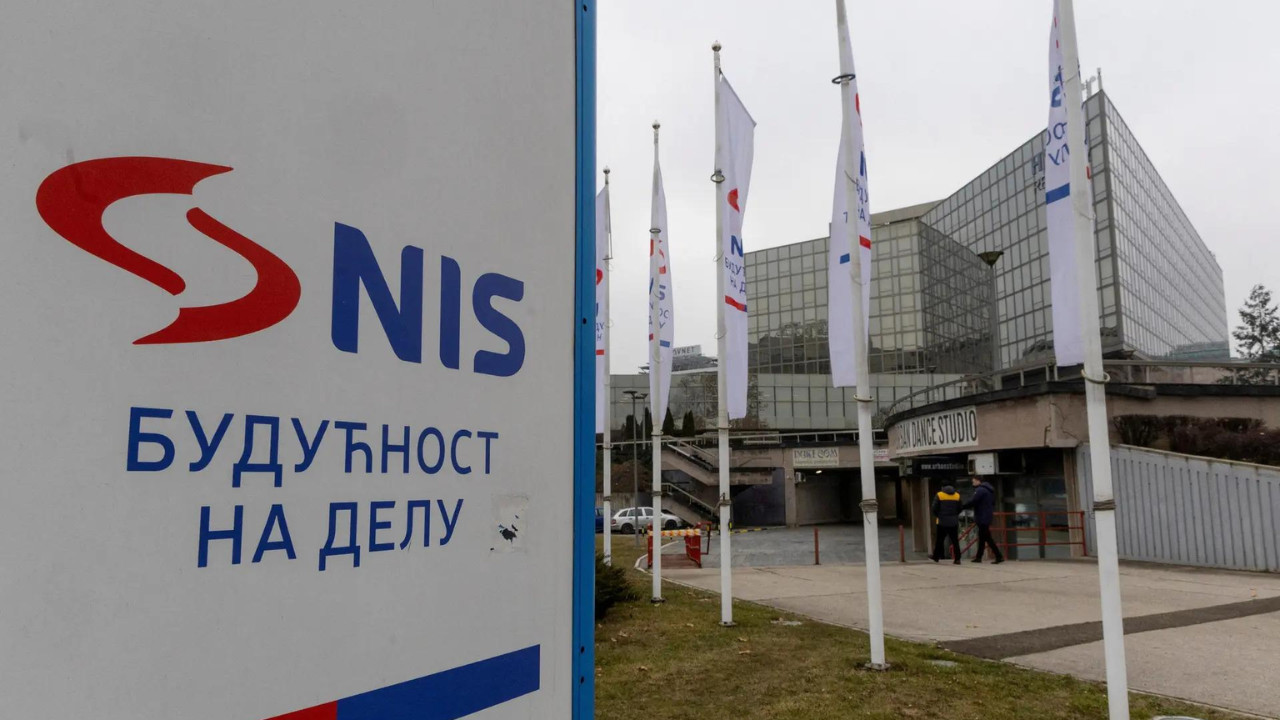Serbia faces a critical juncture as the US demands complete withdrawal of Russian ownership from its largest oil company, NIS, to lift sanctions. Failure to comply by February 13 could trigger a severe energy crisis, forcing Belgrade to consider nationalizing NIS, a move met with internal resistance. The Serbian government is urging Moscow to understand the gravity of the situation.
Serbia’s Energy Crossroads: Can It Ditch Russian Oil and Gas?
Serbia finds itself at a critical juncture, caught between the tightening grip of global energy politics and the pressing need to diversify its energy sources. The United States is urging Belgrade to sever ties with Russian ownership in Naftna Industrija Srbije (NIS), Serbia’s largest oil and gas company, raising questions about the nation’s energy future. The ultimatum has sparked intense debate, with Serbian leaders hinting at “historic decisions” to come. But what exactly is at stake, and what choices lie ahead for Serbia as it navigates this complex geopolitical landscape?
NIS, once a Serbian state-owned entity, became majority-owned by Gazprom Neft, a subsidiary of Russia’s energy giant Gazprom, back in 2008. This privatization placed a significant portion of Serbia’s energy infrastructure under Russian control, a situation that, in light of the ongoing conflict in Ukraine and related sanctions, is now under intense scrutiny. The US is pushing for a complete removal of Russian ownership from NIS, arguing that it’s crucial for Serbia to ensure its energy security and reduce its dependence on Moscow.
But decoupling from NIS isn’t a simple flip of a switch. NIS is deeply embedded in Serbia’s energy fabric. It operates the country’s only oil refineries, a network of gas stations, and plays a vital role in heating homes and powering industries. Untangling NIS from Gazprom Neft would require a delicate and potentially costly restructuring of the entire energy sector.
One path forward for Serbia involves finding alternative investors to replace Gazprom Neft. This could involve seeking partnerships with companies from other countries, perhaps from the Middle East or even the United States itself. However, attracting new investment into an energy sector already dominated by one player is easier said than done. Potential investors will need reassurance about long-term profitability and political stability.

Another option would be for the Serbian government to buy back the shares currently held by Gazprom Neft, effectively renationalizing NIS. This would give Serbia full control over its energy resources but would require substantial financial resources and might deter future foreign investment.
The pressure from the US adds another layer of complexity. While Serbia aspires to join the European Union, it has traditionally maintained close ties with Russia. The energy relationship through NIS is a key component of this connection. Giving up Russian ownership could strain relations with Moscow, potentially impacting other areas of cooperation.
Furthermore, finding alternative energy sources beyond Russian oil and gas is a long-term necessity for Serbia. The country needs to invest heavily in renewable energy projects such as solar, wind, and hydro power. This not only improves energy security but also helps reduce carbon emissions and contribute to global climate goals. Expanding energy infrastructure to support these renewable sources will be a significant undertaking requiring years of planning and implementation.
Serbia also needs to diversify its gas supply routes. The Balkan Stream pipeline, which carries Russian gas through Turkey and Bulgaria, currently supplies a substantial portion of Serbia’s gas needs. Exploring alternative pipeline routes and LNG import terminals could provide greater flexibility and reduce dependence on a single supplier. This would involve negotiating agreements with neighboring countries and investing in the necessary infrastructure to receive gas from different sources.
The situation demands a delicate balancing act. Serbia must prioritize its energy security and its aspirations for EU membership while navigating the complex geopolitical realities of the region. The “historic decisions” hinted at by Serbian leaders will undoubtedly have far-reaching consequences for the country’s energy future and its relationship with both the East and the West. As Serbia stands at this crossroads, the choices it makes in the coming months will define its energy landscape for decades to come.
What Serbia decides to do with Russian ownership in NIS will not only shape its energy independence but also its geopolitical standing on the global stage. The path forward is fraught with challenges, but it also presents an opportunity for Serbia to forge a more sustainable and secure energy future. As Serbia works to find its energy independence, neighboring countries may also follow suit.






